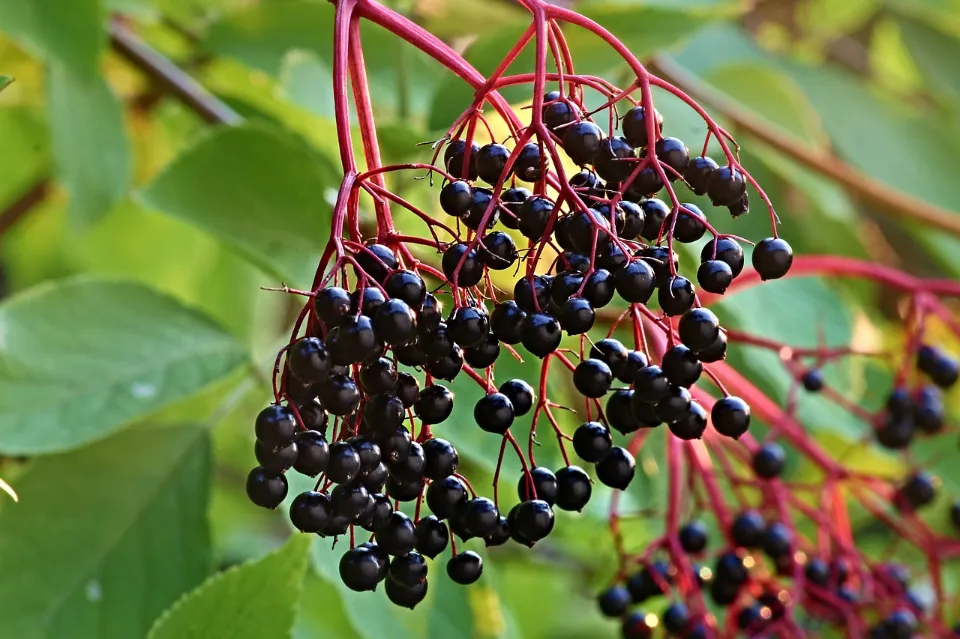
What Does Elderberry Taste Like – Unveiling the Flavor
Elderberry has become more well-liked in recent years due to its vivid color and numerous health advantages. However, have you ever been curious about the flavor of elderberry?
We’ll discuss elderberry’s flavor profile and potential uses in food in this article. Elderberry is a delicious fruit that is renowned for its distinctive fusion of sweet, tart, and slightly bitter notes. We will examine its adaptability in a variety of culinary concoctions, from jams and syrups to desserts and beverages.
Join us as we explore the world of flavors and learn about the delicious taste of elderberry, whether you’re thinking about including elderberry in your diet or are just curious about it.
What Are Elderberries?
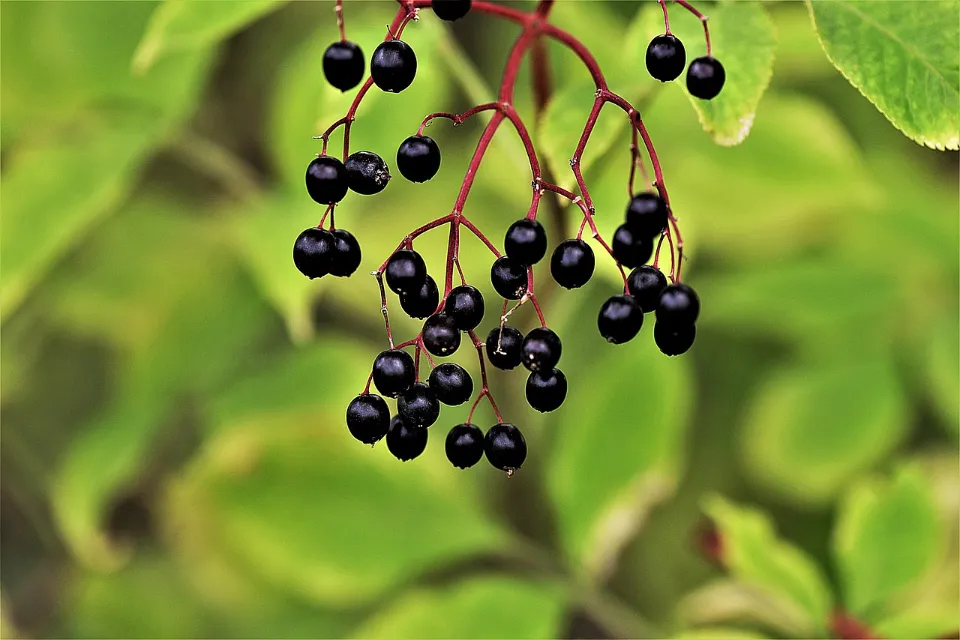
From the end of August, when the Sambucus tree is in bloom, elderberries appear as blue or black-blue clusters.
The Black Elderberry or the European Elderberry is the most popular.
They resemble black currants in size and are easily recognized when hung in substantial bundles. Although they taste bittersweet, elderberries have a strong aroma.
If they turn black, you can harvest them because they are ripe and ready. There are many different names for them, including York, Scotia, Adam’s No. 2, and many more.
Do not eat them if they are green or red, is some advice. The health-harming toxins found in raw elderberries should be avoided.
Read More:
What Does Elderberry Taste Like?
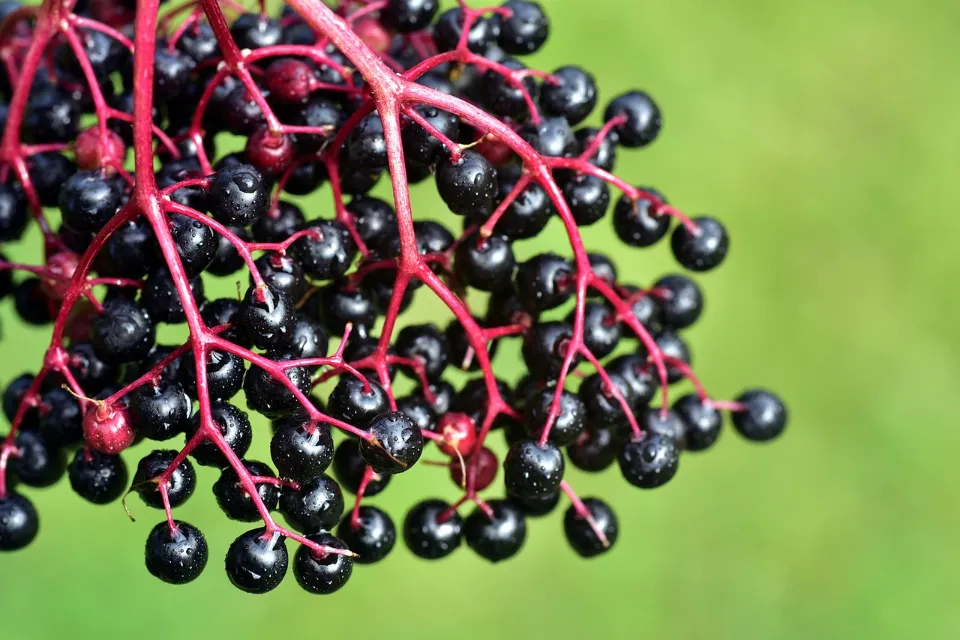
Since elderberries can be used in a variety of ways, let’s start with how they taste when they are uncooked.
Elderberries that are still raw typically have more of an earthy, bitter, and tart flavor, making them less sweet and delicious.
It is frequently avoided because of this, among other things.
But compared to raw berries, cooked berries have a distinctive flavor that many people prefer.
The cooked version has a sweet flavor.
Since it is sweet, it is frequently used to make jams, jellies, and other similar foods.
Elderberries have a deep shade of blue, purple, or black when they are mature.
They have a bright texture with a tart and earthy balance on the mouth instead of being as sweet.
It can go well with other sweeter fruits like strawberries or apples due to its texture and flavor.
If you find elderberries that are green or red, they are probably raw, which means that they won’t taste good and might even be toxic.
Therefore, it is best to avoid them.
Ways to Take Elderberry
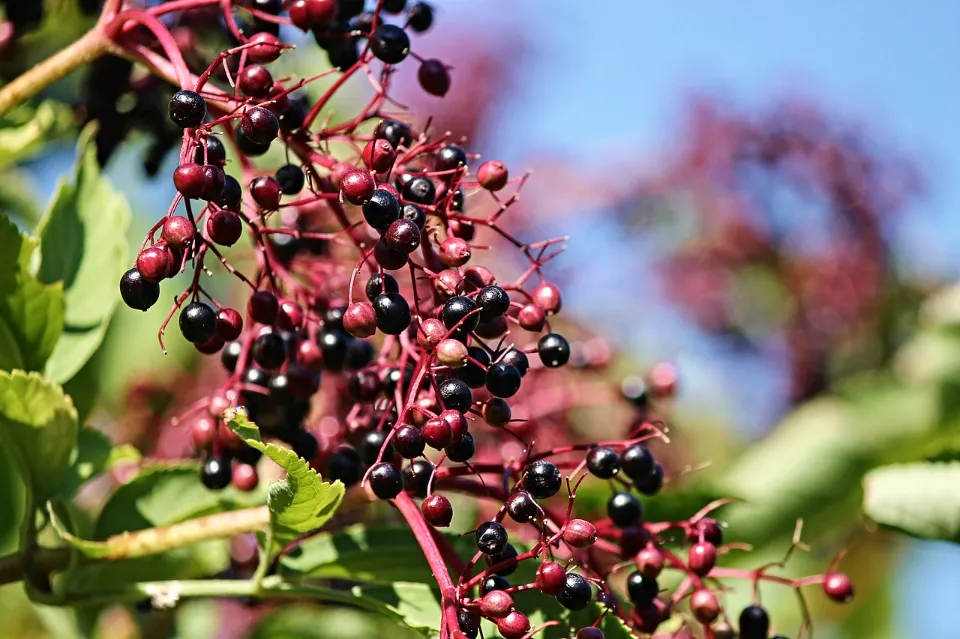
The five main forms of elderberry consumption are syrup, gummies, tea, capsules, and wine. The flavor, texture, and even smell of each differ just a little.
Syrup
Elderberry syrup is viscous and substantial. In terms of texture and consistency, it is remarkably similar to cough syrup. Elderberry syrup, on the other hand, has a tart, subdued flavor, whereas cough syrup frequently has a medicinal taste.
It smells like medicine, even though it doesn’t taste like it. The moment you take a whiff, your nose wrinkles. However, it tastes much better than it does!
Gummies
Elderberry gummies are particularly popular among young children and adults who still have a lot of youth in them. Similar to a gummy bear, they have a chewy texture. The elderberry also has some sweetness to it in gummy form, even though the tart flavor is still there.
Tea
Elderberry tea is made from the berries, as opposed to many herbal teas, which are made from the plant’s leaves. Ripe and dried berries are harvested. Elderberries are boiled and then strained out to make the tea.
How long you boil the berries affects the color. Lessen the berry soaking time for a paler, more delicate purple. Leave them in longer if you prefer a deep, dark color.
A warm, sweet-tart candy with a hint of earthiness best describes the flavor of elderberry tea.
Capsule
Elderberries can be purchased as pills or capsules. They are widely available and can be found in the majority of drug stores. There is hardly any flavor or smell, like with most things in pill form.
Wine
Another way to consume elderberry is in wine, which is possibly the most enjoyable way. Elderberry is typically tart in other forms, but it is sweet and fruity in wine. Its flavor is robust, thanks in part to the berry skin.
Can You Eat Raw Elderberries?
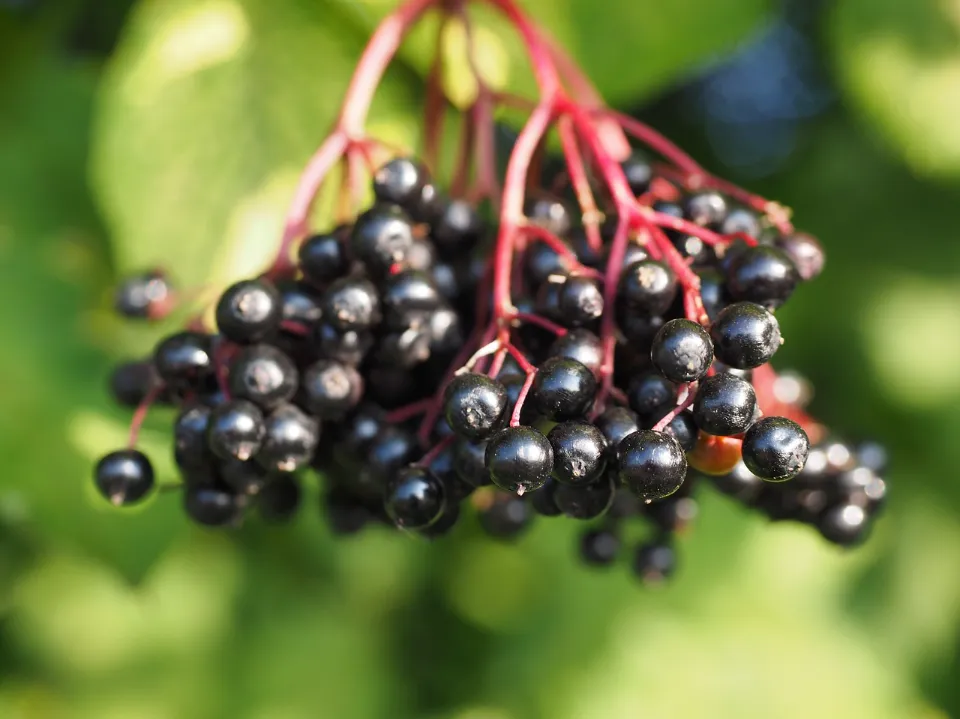
The elderberry tree has white blossoms in the summer that turn into clusters of tiny green berries before turning a bluish-purple hue. Because green berries are poisonous, it is essential that you only eat the berries once they have turned blue.
Despite this, the berries will not taste particularly good even if you eat them when they are the proper color. Elderberries can therefore be consumed raw, but you cannot eat the green ones, and even the bluish-purple ones are probably too tart for you.
Conclusion
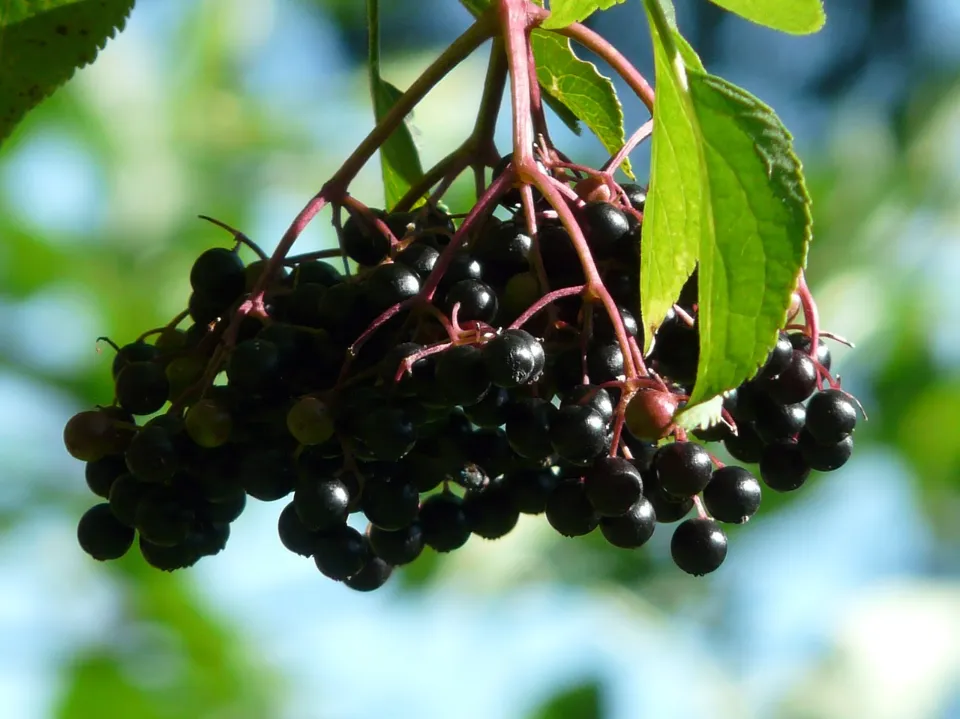
When elderberries are cooked or added to jams and jellies, their flavor improves significantly. The berries are edible raw as long as they are not unripe or green, but they do not taste sweet like some people might expect. They are occasionally steeped as teas and drunk that way because they also have a great deal of medicinal value. Yes, they serve a variety of beneficial functions.





Average Rating